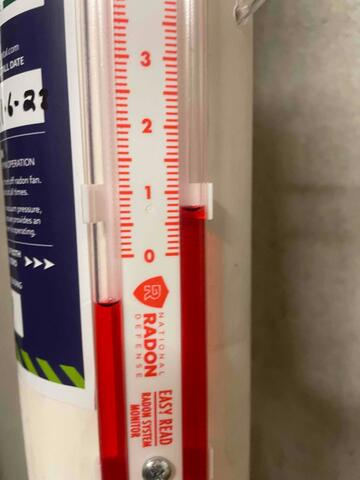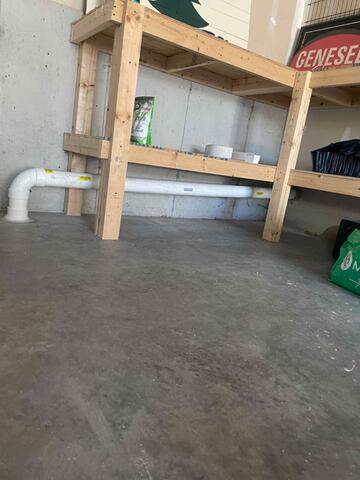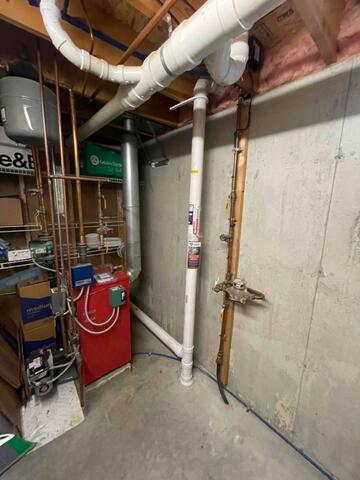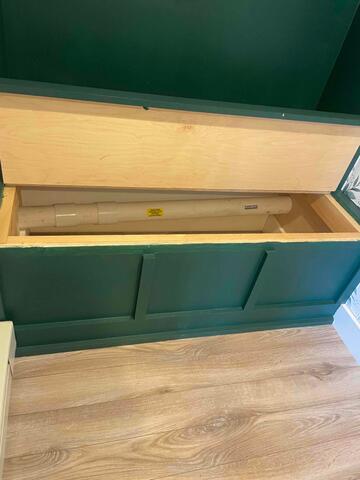
Radon Level Testing
We conducted a radon level assessment and discovered an elevated concentration of radon gas, posing a potential danger.

Sub-slab Depressurization
The upward movement of air, including radon gas, akin to air rising through a smokestack, is referred to as the stack effect. This phenomenon draws air from the lower levels, such as the basement or crawl space, up to the attic and upper levels of your home. To mitigate the influence of radon gas in the stack effect, we depressurize the soil beneath your home's structure.

Radon Gas is redirected
Following the depressurization of the soil beneath the home's structure, a suction point is established by drilling a hole into the concrete foundation slab, basement floor, or the adjacent earth. In certain cases, multiple suction points may be required. Once radon gas enters through the opening, it is directed through a PVC pipe that either runs within the home or extends to the exterior.

The Radon Gas Is Vented Away From Your Home
The radon gas is routed through the PVC pipe to a fan positioned either in the attic or along the top of the structure. Subsequently, the gas is expelled from the pipe, redirecting it away from your home.

All Radon Entryways Are Sealed
After successfully diverting radon gas away from your home, our experts focus on preventive measures. We utilize a urethane caulking compound to seal all potential pathways through which radon could seep, addressing gaps, cracks, and openings.

Radon Mitigation in South Portland
Following the depressurization of the soil beneath your home's structure, a suction point is created by drilling a hole into the concrete foundation slab, basement floor, or the surrounding earth. Subsequently, when radon gas emerges through the hole, it is directed through a PVC pipe that runs either inside the home or externally.

Radon Mitigation in South Portland, Maine
The PVC pipe facilitates the venting of radon gas towards a fan positioned in either the attic or along the top of the structure. From there, the gas is expelled from the pipe, away from your home. Following the removal of radon gas, our experts implement preventive measures by sealing all potential entry points using a urethane caulking compound. This includes addressing gaps, cracks, and openings where radon could potentially seep through.
